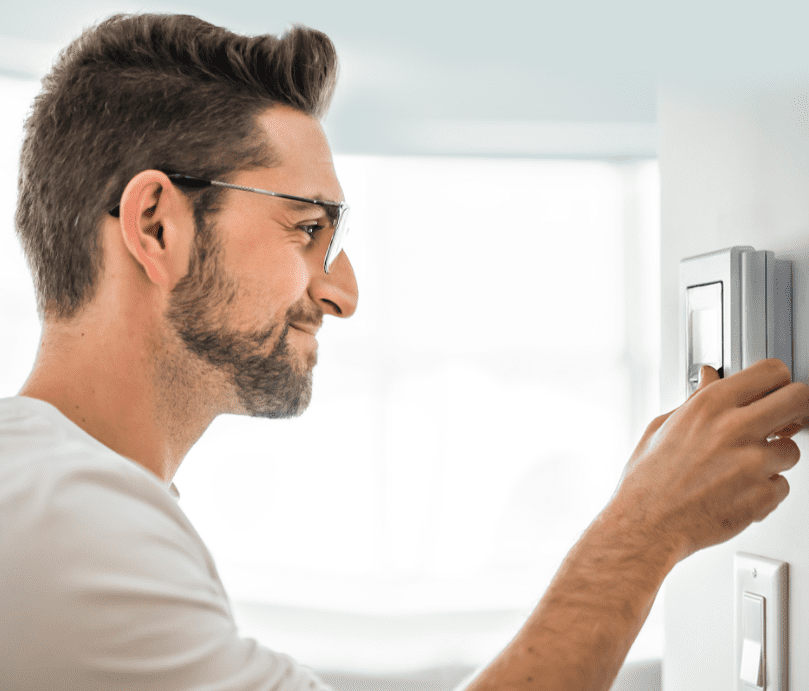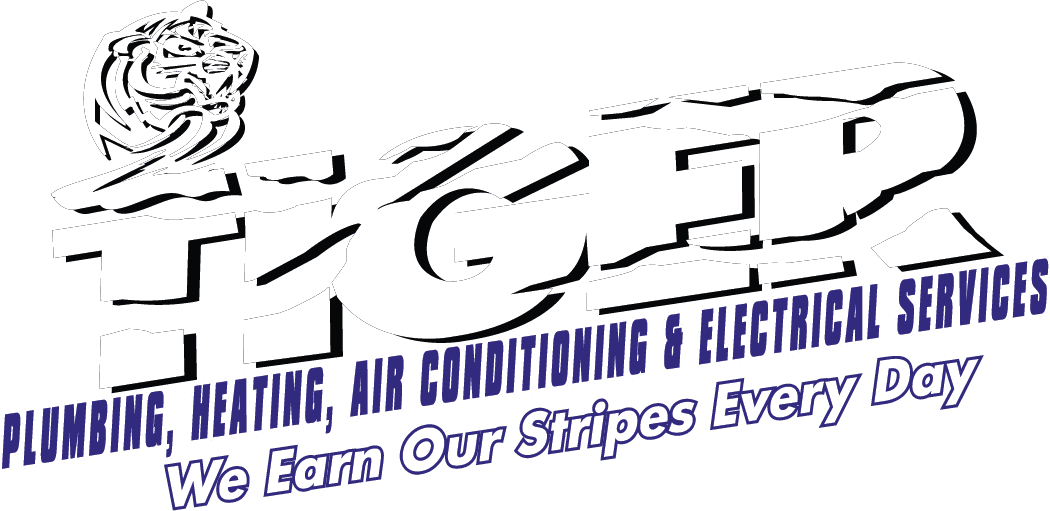Having a home that is not properly heated can do more than cause misery during cooler weather. Your family’s health can be affected by the conditions in your house, including temperature.
The first step in figuring out why your home is so cold is to identify the root cause. Here are 5 ways to assess the cause of your home’s heating issues.
Cold air leaking in through windows and doors
Leakage of warm air to the outside, or leakage of cold air into your house, is a relatively easy fix. If you feel a draft near your windows and doors, have them sealed to keep the air where it should be. Adding a layer of insulation with curtains or blinds can also help with temperature control.
Poorly installed ductwork
Cold air near your windows may not necessarily be due to a leaky window. Grilles should be placed under your windows because heat flows through glass easier than through walls.
If your windows have been sealed, but you still notice cold spots near them, have a professional modify your ductwork to add a grille. If you already have the grille in place, you might need to rebalance or address another issue with air distribution in your home.
Faulty furnace blower
A cold home might be caused by your furnace blower. An underperforming fan will not blow enough air to reach the furthest place in your home, resulting in cold spots. Have your furnace inspected, tuned, and serviced if needed to ensure your home receives the heating it needs. You will benefit from energy savings as well as improved heating!
Malfunctioning thermostat or controls
Your thermostat communicates with the furnace and lets it know when heating is actually needed. If it is not reading the temperature correctly or cannot communicate with your furnace, you will have issues with both overheating and a cold home.
If your furnace is not coming on when it should or is running continuously despite adequate indoor temperatures, have a professional inspect the thermostat and furnace controls.

Cold house due to poorly performing burners
Poorly performing burners will be inefficient at first and then grow more ineffective as time goes on. The air coming through your grilles will be cooler than it should and you will end up shivering during cold days.
Addressing this issue immediately is important as it is also a safety concern. A poorly performing burner can produce carbon monoxide.
If you need help figuring out why your home is not properly heated, give us a call or schedule service online and we can help make sure you are not shivering this fall and winter!

Financing
Options
Winning Team





















